

White Wine Styles
Here is a quick way for most people to determine what type of red wine they are going to enjoy.
How do you like your lemonade? Determining your preference in white wine is all about your sensitivity to sugar and acidity.
I like it as sour as I can get it.
You are going to want to look for very dry white wines, such as Pinot Blanc, Chenin Blanc (be certain they say dry or sec) and Pinot Gris.
I like it on the tart, but not sweet side.
Riesling, when it is produced dry, is going to be one of your favorite wines. As will those above when produced in Alsace.
I like a perfect balance, not too sweet, not too tart.
Chardonnay and Sauvignon Blanc are for you, which is good, but they are very easy to find, and come in many different styles.
I like it on the sweeter side.
Riesling, Gewurztraminer, Muller-Thergau are all sometimes made in a sweeter style you will enjoy. Moscato, a sparkling Muscat wine from Italy is likely to be a favorite.
I like it very sweet.
There is an entire class of wines for you to try: Dessert Wines. Many of them are not overly sweet and can be perfect with food, not just with dessert.
I hate lemonade, it is always too sour.
Stick to the dessert wines and, especially if you dont like sweets either, perhaps skip the white wine for red.
White Wine Grapes

Color: From clear as water to a straw yellow. Green tinges are not unheard of, especially in youth. With time and oxidation, a golden color is common.
Fruit: A wide variety of fruit flavors are represented in white wines. Lychee nut, peaches and tropical fruits are all common.
Tannins: Since white wine is made with minimal skin contact, there is almost no tannin associated with the grapes. There is tannin that results from oak aging, but they are much lighter than the tannins associated with red wines.
Astringency: Some white wines exhibit signs of astringency, a drying out of the mouth. This is mostly found in Rhone whites and the richest Chardonnays.
Off Tastes as Smells:
Wet cardboard - Corked wine.
Wet horse blanket - Brett, a common bacterial spoilage, in smaller concentrations it is more like dirt than merde. Much rarer in whites than in reds.
Slight sparkle - if it is slight it is dissolved CO2, if it is accompanied by a wet forest floor smell, than it is Malo-Lactic fermentation in the bottle.
Wine Making Flavors:
Malo-Lactic Fermentation - The process of changing the sharp malic acid (in apples) into the softer lactic acid (in milk). The process also leaves the by product DIACETYL, the taste of butter.
Oak - If it is complex with cloves and woody spices, it is French oak. If it is forward with vanilla, it is American oak. If it is musty it is from old barrels.
Oxidation - Caramel, or a burnt sugar smell. Deep golden hues in the wine are another hint. This is most common with older white wines.
Blending - While not always obvious, a wine that tastes complex may have been blended with several grape varieties.
Climatic Characteristics:
Hot weather - A deep rich flavor lacking in acidity or bright fruit. The hotter the region the more flabby (less acidic) the wines tend to be. Because of the overripe fruit, and the propensity to oxidize hot fruit, the color tends towards golden shades of yellow.
Cool weather - Cool growing conditions pronounce the acidity. If the fruit is picked too early, it will be sharply acidic. If they are picked too late, there is a chance of damage from freezing.
Temperate weather - If it is not too hot nor too cool, the ideal grape varieties are those with long growing seasons. A balance between acidity and sugar levels are more easily accomplished.
Note: In white wine especially, modern winemaking techniques help to counteract many of the shortcomings of climate.
Chardonnay
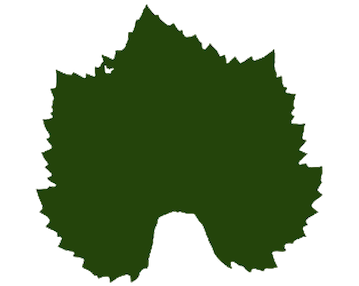
Use in Old World: France, in Burgundy, including Chablis and in Champagne.
Use in New World: Pervasive
Color: Almost always tends toward light golden hues. Oak aged Chards are dark gold.
Aroma: Tropical fruits, melons, mineral qualities, citrus and even green apple are all common.
Body: Medium to Heavy
Wine Making Flavors: Heavy use of oak, but incorporates well into the wine.
Blended with: Rarely, but occasionally of late with Sémillon, or with a host of grapes and Muscat, to make a lightly fruity wine.
Other: One of the world’s most recognizable white wine varieties. Ages better than most other dry whites (when it has been oak aged).
Sauvignon Blanc
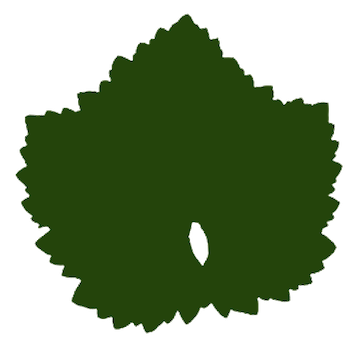
Use in Old World: Bordeaux and the Loire.
Use in New World: Pervasive.
Color: Usually clear, or with a slight green tint.
Aroma: Fresh cut grass is most common. Grapefruit is another style.
Body: Light to medium.
Wine Making Flavors: Some oak, but rarely strong.
Blended with: In Bordeaux almost always with Sémillon.
Other: Very common variety. Can be an excellent food wine. Commonly used for dessert wines, especially with Sémillon in the Sauternes (Bordeaux) region of France.
Riesling
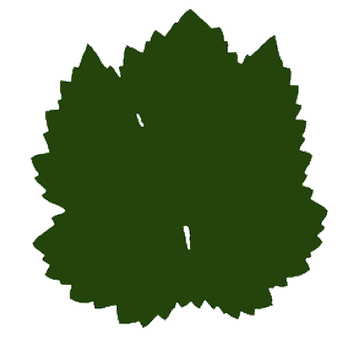
Use in Old World: Germany and Alsace, France
Use in New World: US,especially New York and the Pacific Northwest. New Zealand.
Color: Almost always clear, becoming golden with age.
Aroma: Flowery with a distinct aroma often called "petrol" or "diesel".
Body: Light to Medium
Wine Making Flavors: Occasional light oak. Often made sweet.
Blended with: Ruländer (Pinot Gris) but never in quality wines.
Other: Another great grape that doesn't get the respect it deserves. Many examples, either dry or sweet, are among the finest, most complex wines in the world. Great food wine.
Semillon
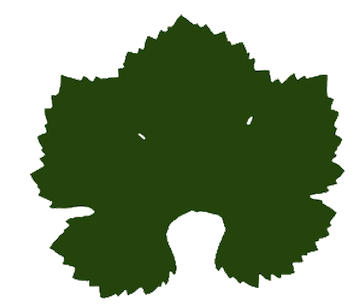
Use in Old World: Bordeaux, France.
Use in New World: Australia primarily. Can be found in small plantings around the world.
Color: Clear to very light golden.
Aroma: Figs and or orange marmalade.
Body: Moderate
Wine Making Flavors: Generally not many flavors other than the fruit. The exception is when it is botrytis affected to make Sauternes style sweet wines. It can then have a slight “rubbery” aroma as well as being sweet.
Blended with: Usually with Sauvignon Blanc. Occasionally with Chardonnay.
Other: Widely planted, but rarely respected. A shame.
Chenin Blanc
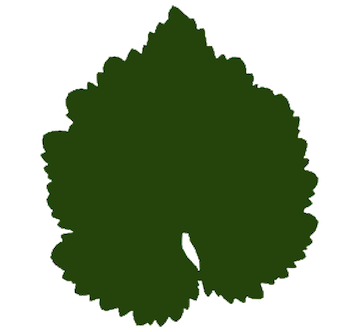
Use in Old World: Loire (Anjou), France.
Use in New World: United States and South Africa. It is also a leading grape in Thailand.
Color: Clear.
Aroma: Green apples. Occasionally honeyed.
Body: Light.
Wine Making Flavors: Minimal flavors intrude, even when much is done to the wine.
Blended with: Almost never, except in bulk wines, when it is blended with other bulk varieties.
Other: By far one of the most misunderstood white varieties. In the Anjou region of the Loire in France, it makes remarkable wines, the best of which (Coteaux du Layon) are lightly sweet and among the most long lived. In the rest of the world it is too often used for cheap whites and box wine.
Viognier
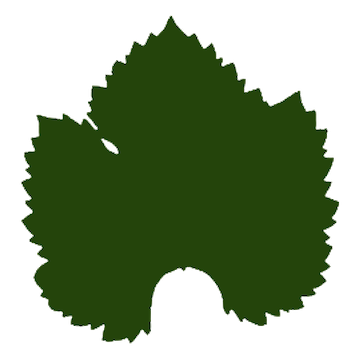
Use in Old World: Northern Rhône Valley, France.
Use in New World: Not wide spread, but can be found in California and Argentina.
Color: Clear to yellow straw.
Aroma: Orange blossom and peaches. Usually intense.
Body: From very light to medium.
Wine Making Flavors: Rare
Blended with: Syrah, the red grape, to make Côte Rôtie.
Other: One of my favorite grapes. It has becoming popular in the last few years. It is sometimes used, with great success, to make dessert wines.
Pinot Blanc
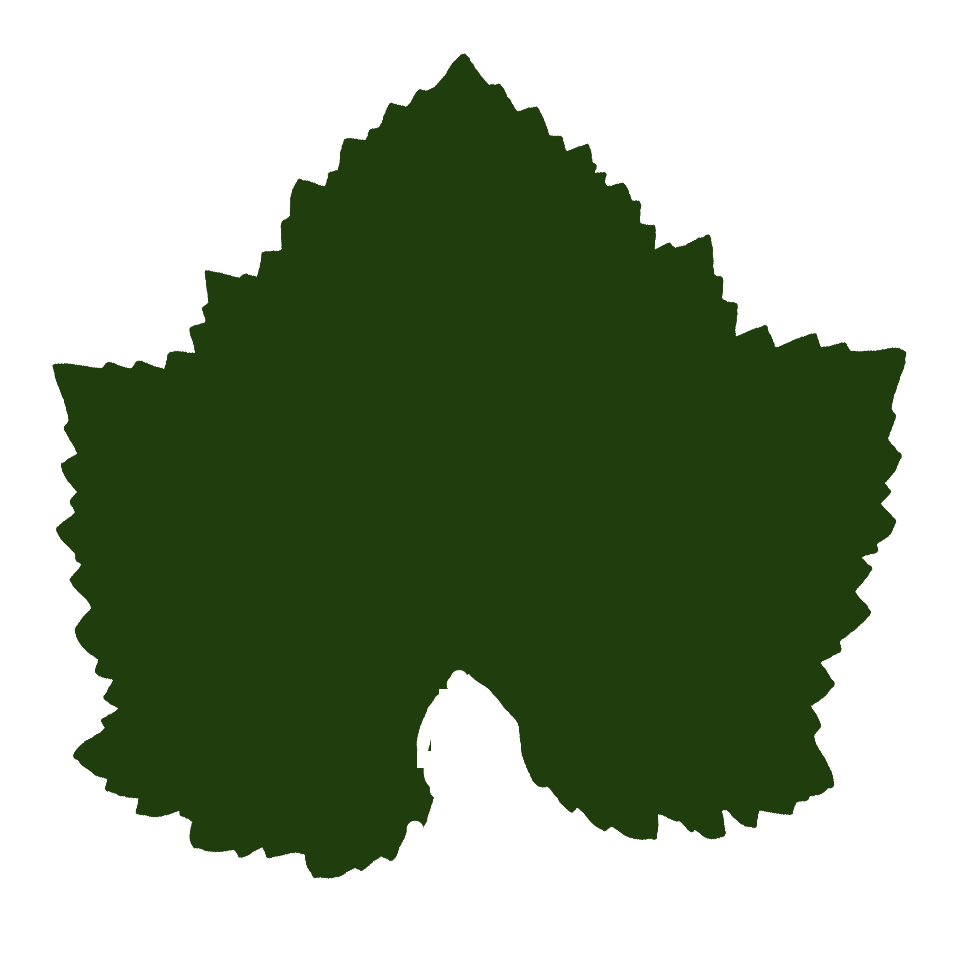
Use in Old World: Alsace and Burgundy (where it is disappearing rapidly) France and Germany where is is known as Weissburgunder.
Use in New World: Some in California and the Pacific Northwest of the US.
Color: Clear to light golden.
Aroma: Crisp and clean, little aroma
Body: Light to Medium.
Wine Making Flavors: Can be heavily oaked, especially in the US. In Alsace it is kept clean and crisp. Sometimes used to make sparkling wine.
Blended with: Rarely, although occasionally with Chardonnay.
Other: It has mutated from Pinot Noir (black), to Pinot Gris (grey) and finally to Pinot Blanc (white).
Pinot Gris
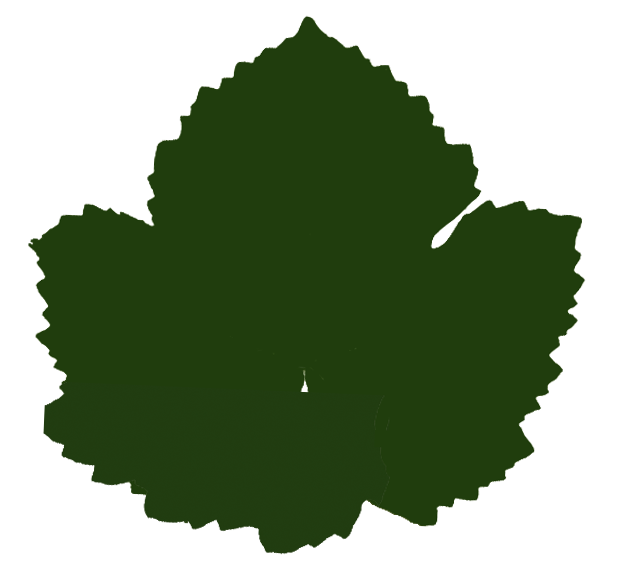
Use in Old World: Germany (as Ruländer), Alsace, France (sometimes called Tokay d'Alsace), Italy (Pinot Grigio), Eastern Europe.
Use in New World: Rare but increasing.
Color: Clear, occasionally it has a pink tinge.
Aroma: Somewhat nondescript spicy fruit.
Body: Light.
Wine Making Flavors: Rare.
Blended with: Rare.
Other: A degenerative clone of Pinot Noir. Most people are most familiar with this grape as Pinot Grigio.
Gewurztraminer
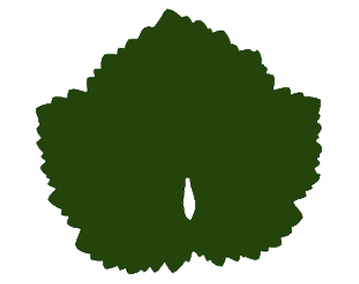
Use in Old World: Alsace, France and Germany.
Use in New World: California, US. Small lots are found around the world.
Color: Clear
Aroma: Intense aroma, referred to as spicy.
Body: Light to Medium.
Wine Making Flavors: Often (except Alsace) made sweet.
Blended with: None
Other: A wonderfully intense wine. Some of the best examples are from Alsace where they are drier than not.
Muscat
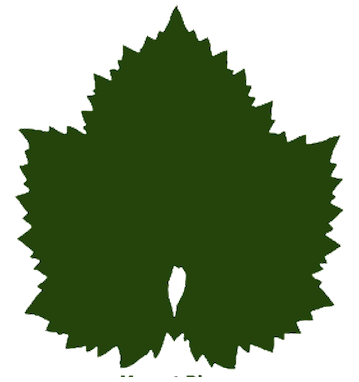
Use in Old World: Very widespread
Use in New World: Surprisingly widespread
Color: Light.
Aroma: Intensely fruity. Lychee nut and musk (the word musk comes from this grape).
Body: Light to medium
Wine Making Flavors: In the Asti region of Italy, this grape is often made sparkling. Moscato d'Asti is the finest expression of the grape in Asti and has become increasingly popular. In France, Australia and Portugal the grape is used to make fortified wines. In most other wine regions of the world the wine is slightly sweet to very sweet, but not sparkling or fortified.
Blended with: Unusual, but sometimes added to white blends to increase the aroma and give a bit of sweetness.
Other: Muscat is an entire family of grapes, with this Muscat de Frontignan usually being recognized as the best. There is even a black (red wine) version. There is evidence that this was the first Vinifera grape, and that all the other Vinifera grapes (the primary wine grapes) have evolved from Muscat. Known to easily mutate from light colored to very dark berries, sometimes even on the same vine.
Trebianno / Ugni Blanc
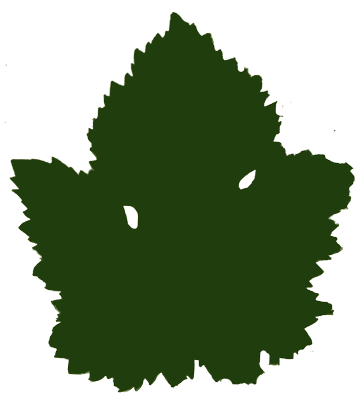
Use in Old World: Thought France for bulk wines (as Ugni Blanc) and Cognac (as St-Emilion). Throughout Italy (as Trebianno).
Use in New World: Not uncommon, especially in Australia.
Color: Clear.
Aroma: Thin
Body: Light.
Wine Making Flavors: Rare.
Blended with: None
Other: The "world's most prolific wine producer." It is downright ubiquitous in Italy where it is used to make a host of simple white wines.
Marsanne
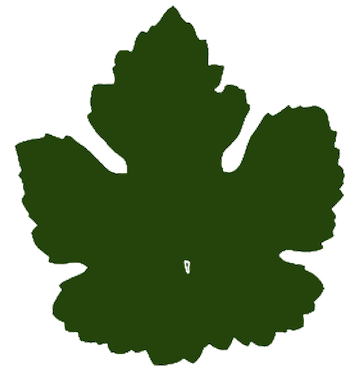
Use in Old World: Rhône region of France. Some in the Valais in Switzerland.
Use in New World: Some plantings in the U.S. but rare.
Color: Clear to almost brown.
Aroma: Earthy with a characteristic "glue" smell.
Body: Light to medium.
Wine Making Flavors: Often used in blends where its high alcohol, body and color add to the wine. Occasionally made sparkling.
Blended with: Often with Roussanne. The most important grape in White Rhônes: Hermitage, Crozes-Hermitage and St-Péray.
Other: Much more widely planted than Roussanne, which is the better of the two grapes.